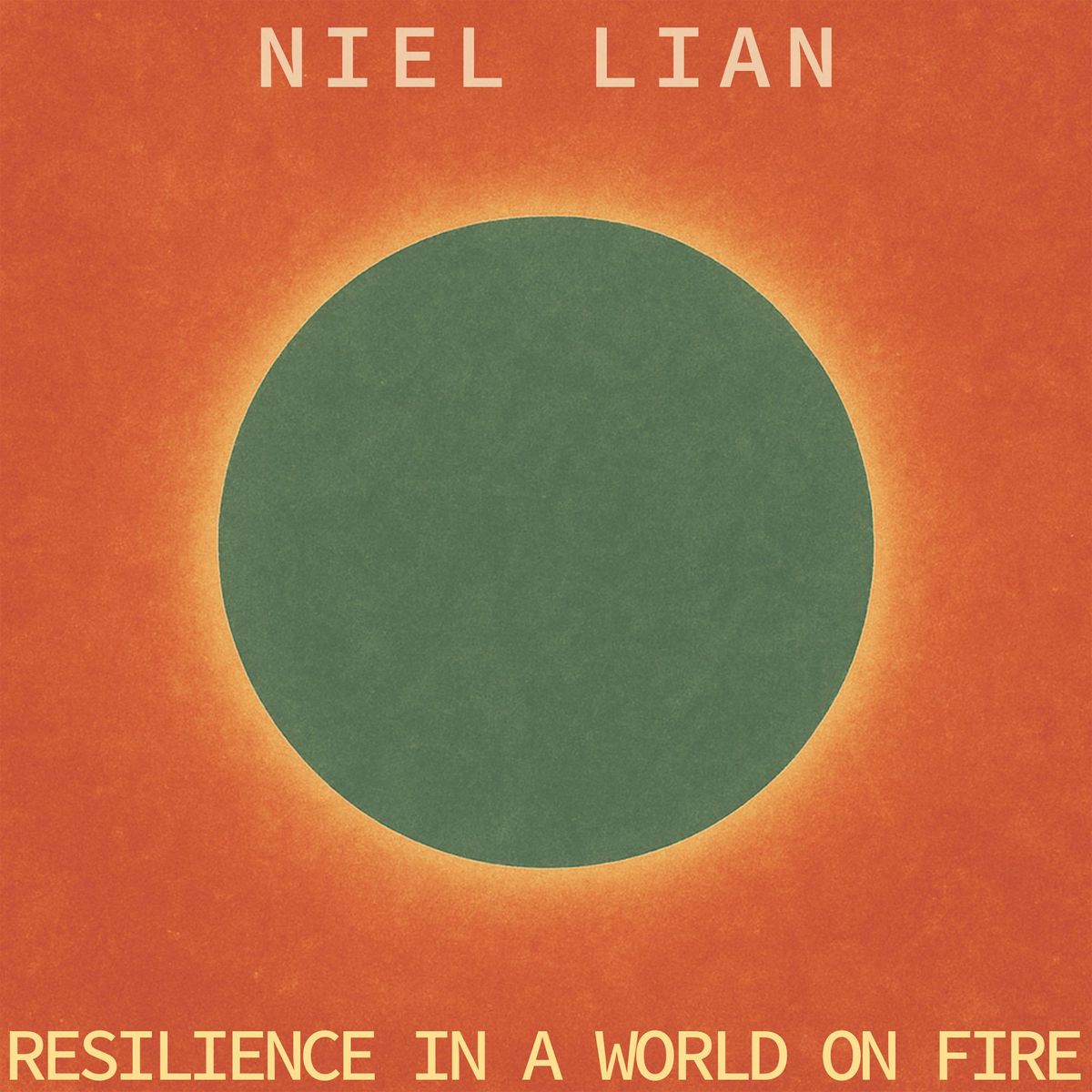>Misinformation Warfare: A Threat to Press Freedom
In the digital age, the battle for truth has taken on a new and urgent dimension. Misinformation, wielded as a weapon in the information landscape, poses a significant threat to press freedom and democracy. As we embark on the Defense of Dissent: Upholding Press Freedoms Globally series, this opening piece explores how misinformation warfare undermines journalistic integrity, erodes public trust, and what can be done to combat this pervasive challenge.
The Architecture of Misinformation
Misinformation is not merely incorrect information; it is often designed and disseminated with the intent to deceive, manipulate, or shape public perception in specific ways. It gains traction through online platforms, spreading faster and further than corrective reports or fact-checks. Whether driven by political agendas, economic gain, or social disruption, the architecture of misinformation leverages social media algorithms, bot networks, and virality to reach vast audiences.
The Impact on Press Freedom
The prevalence of misinformation disrupts the foundational function of the press: to provide fact-based reporting that informs the public. By flooding the information ecosystem with falsehoods, those who engage in misinformation warfare dilute the credibility of legitimate journalism. In this cacophony, discerning fact from fiction becomes increasingly challenging, leading to confusion and a decline in public trust.
Journalists find themselves caught in a vicious cycle, spending valuable resources not only on original reporting but also on debunking falsehoods. This added burden diverts attention and resources from critical investigative work, hampering the press’s ability to hold power accountable.
Case Study: The COVID-19 Infodemic
The COVID-19 pandemic starkly highlights the impact of misinformation on press freedom and public health. Dubbed an “infodemic” by the World Health Organization, the pandemic has been accompanied by a barrage of conspiracy theories, false cures, and misleading statistics.
Journalists striving to provide accurate information are challenged by the sheer volume of misinformation, which has hindered public health efforts and fueled vaccine hesitancy. The fight against the infodemic illustrates how misinformation not only threatens press freedom by overshadowing factual reporting but also compromises societal resilience against real-world threats.
Weaponization and Political Agendas
Misinformation is frequently weaponized by state and non-state actors to further political objectives, influence elections, and sow discord. State-sponsored misinformation campaigns, such as those documented by U.S. intelligence agencies in the context of foreign election interference, underscore the strategic use of falsehoods to destabilize democratic processes and undermine press credibility.
Such campaigns often target journalists themselves, seeking to discredit their reporting or brand them as partisans or liars. This tactic not only puts individual journalists at risk but also erodes collective trust in the media as a democratic institution, with potentially lasting ramifications for free expression.
Countermeasures: Strengthening Resilience
Combating misinformation requires a concerted effort among journalists, technology platforms, policymakers, and the public:
- Robust Fact-Checking and Verification: Media organizations must invest in fact-checking initiatives and verification processes, making them integral components of their newsroom operations. Collaborations with independent fact-checking organizations enhance credibility and accountability.
- Media Literacy and Education: Empowering the public with media literacy tools is crucial for fostering discernment against misinformation. Educational programs must focus on critical thinking skills, helping individuals analyze sources and verify content independently.
- Technological Solutions: Technology platforms must improve algorithms to detect and combat misinformation, promoting transparency in content moderation decisions. The use of AI and machine learning can aid in identifying false content, though these technologies must be applied judiciously to avoid bias.
- Collaboration and Partnership: Cross-sector collaboration involving journalists, tech companies, government bodies, and civil society is essential in developing comprehensive strategies against misinformation. Partnerships can facilitate the sharing of best practices, resources, and innovations.
- Policy and Regulation: Governments must balance the implementation of policies that address misinformation without stifling free expression. Frameworks that incentivize transparency and accountability from tech platforms, while respecting privacy rights, are crucial.
- Support for Journalists: Providing journalists with legal protections and resources to conduct their work safely and ethically is vital. Advocacy for press freedom and the defense of journalists against targeted misinformation campaigns reinforce democratic principles.
Conclusion
Misinformation warfare represents a formidable challenge to press freedom in our interconnected world, demanding vigilance and resilience from journalists and the public alike. As we continue the Defense of Dissent: Upholding Press Freedoms Globally series, it becomes clear that safeguarding truth is a shared responsibility, with wide-ranging implications for democratic governance and stability.
By championing accurate reporting, fostering media literacy, and advocating for systemic changes, we can fortify the structures of freedom and ensure a media landscape where truth prevails over falsehood. In this pursuit, the commitment to transparency, accountability, and integrity stands paramount, guiding us toward a future where informed and engaged citizens uphold the values of free expression.










